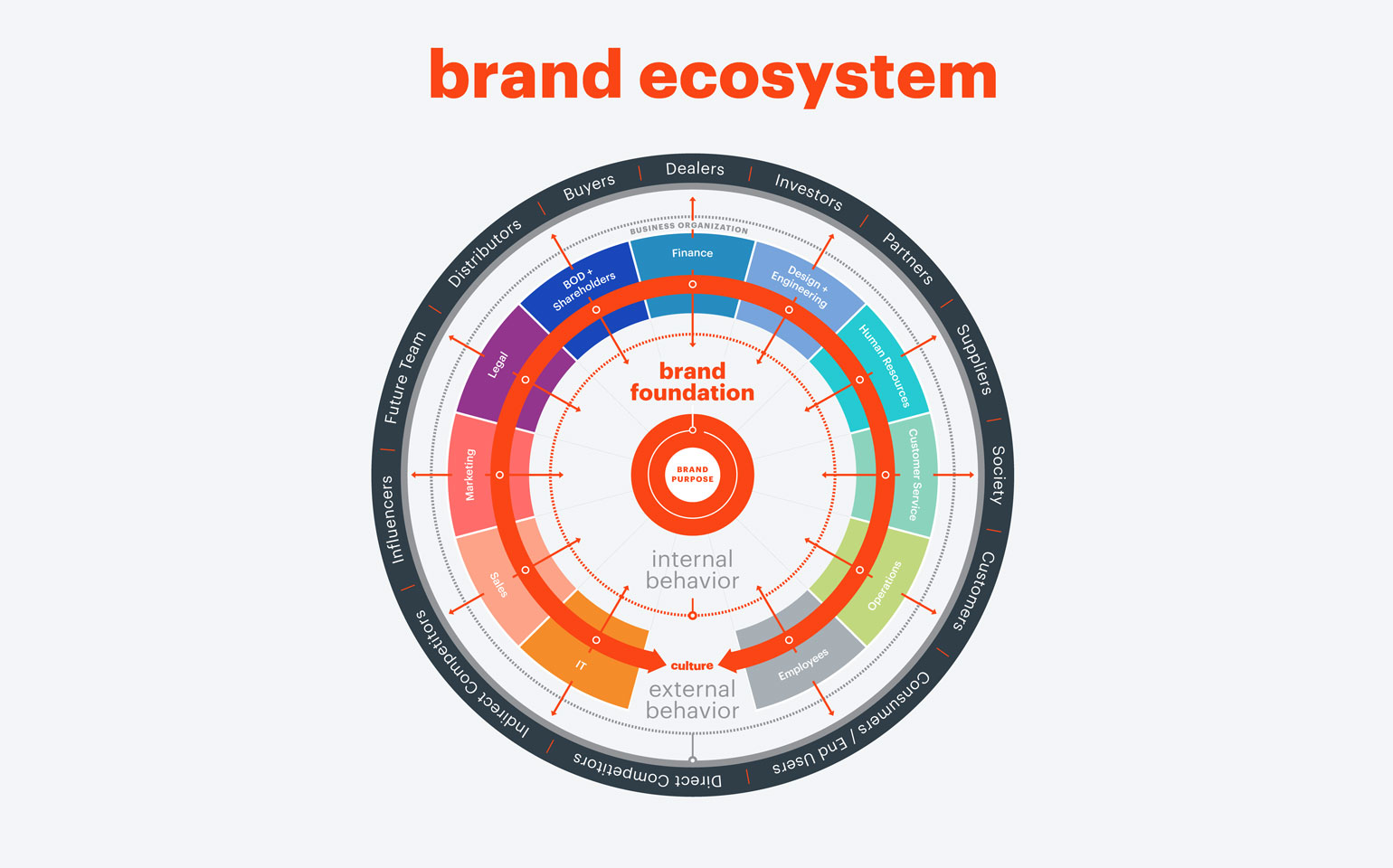Your Brand Ecosystem and the Emerging Role of the CBO
For decades, we’ve been helping our clients work through their most challenging brand issues—from irrelevance in the marketplace, to a neglected brand strategy, to massive market shifts, requiring quick repositioning. In each case, we’ve typically had a brand champion, often the CEO in a smaller organization, but more often the CMO in a larger company, who we worked with closely to establish (or re-establish) the brand’s foundation—purpose, vision, mission, pillars, and core values—as part of rebuilding their brand ecosystem. Having that champion working closely with us to confirm our research, theories, and then help socialize and bring understanding of the necessary change, was imperative for organizational adherence, adoption, and ultimately advocacy.
In today’s evermore competitive business landscape, building a strong brand presence is essential for organizations looking to differentiate themselves from the competition and create lasting connections with customers and consumers. As the importance of brand continues to grow, companies are increasingly turning to a specialized executive role—the Chief Brand Officer (CBO)—to lead their brand strategy and drive growth. Unlike the CMO’s role primarily centered around marketing and advertising duties, the CBO has their own lane of brand governance, experience, and engagement through multiple touchpoints, both internally and externally. The CMO and CBO work hand-in-glove to not only market the brand, but to also build the brand through multi-channel engagement.
As a proponent of the CBO role, we believe in the power of building a brand ecosystem within organizations. We contend that a brand ecosystem encompasses all elements of a company’s brand—from its visual identity and messaging to its values and culture—and that a CBO role is becoming essential for ensuring that these elements are unified and aligned to create a cohesive brand experience for employees, suppliers, customers, and consumers.

